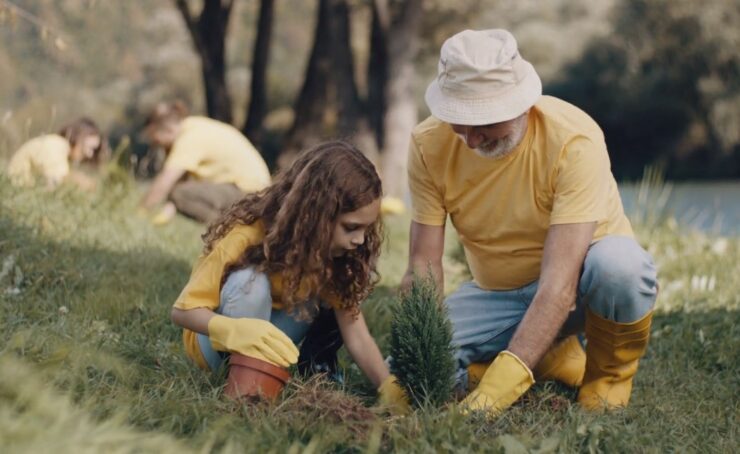Throughout history, trees have held a unique place in human culture, symbolizing life, growth, strength, and endurance. They have been central figures in countless myths, legends, and religious narratives, representing a sacred connection between the earth and the heavens. In our modern age, trees continue to have a profound significance, serving as a unique form of commemoration through the concept of a “Memory Tree.”
Memory Tree Explained
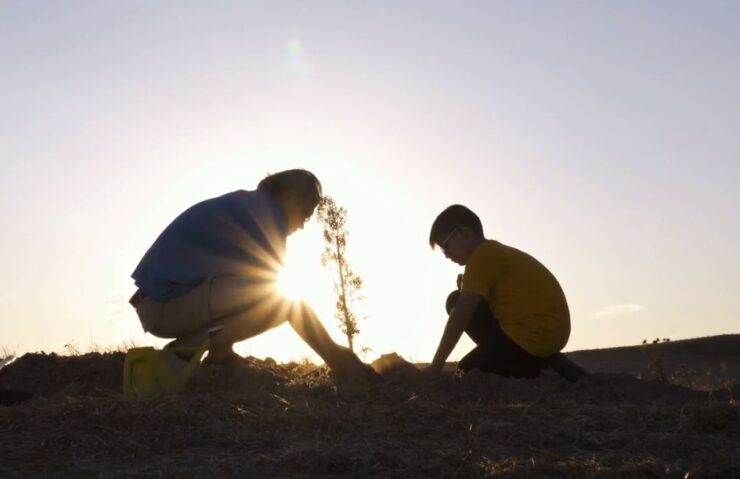
A Memory Tree is a tree planted to commemorate a significant event or to honor the memory of a loved one. This living tribute grows over time, serving as a physical representation of life’s enduring cycle and a place for reflection and remembrance. Whether it’s to celebrate a birth, an anniversary, or the life of someone who’s passed away, a Memory Tree offers a special way to create a lasting, living memory.
The Symbolism Behind It
The symbolism behind Memory Trees can be traced back to ancient cultures and religions worldwide. For instance, in Celtic mythology, trees were seen as the link between the mortal world and the realm of spirits. In Buddhism, the Bodhi tree, under which the Buddha is said to have attained enlightenment, is a potent symbol of awakening and spiritual growth.
Today, Memory Trees have become a common way for people to process grief, celebrate life, and connect with nature. As these trees grow and flourish, they embody the ongoing nature of life, offering a sense of hope and continuity.
Choosing the Right Tree
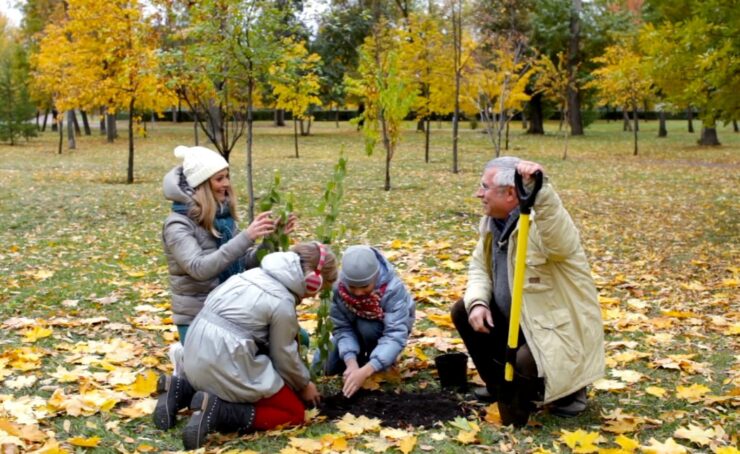
Choosing the right tree for a memorial or celebratory planting requires some thought. Here are some factors to consider:
1. Location
Firstly, consider the planting location. The tree should have enough space to grow and thrive. Its future growth should not interfere with power lines, structures, or other trees. Also, consider the climate and soil condition; different tree species have different requirements.
2. Lifespan
Think about the lifespan of the tree. Some trees, like oaks, can live for hundreds of years. Others have a much shorter lifespan. Choose a tree that suits your intentions for the memorial.
3. Seasonal Changes
Some people prefer trees that change with the seasons, symbolizing the cyclic nature of life. Maples, for instance, offer a spectacular color display in the fall.
4. Personal Significance
Lastly, consider any personal significance. Was there a particular tree species the person loved? Or perhaps a tree native to their birthplace?
How to Plant a Memory Tree
Planting a Memory Tree is a simple and rewarding process. Here’s a step-by-step guide:
- Select the right spot: Choose a suitable location considering the factors mentioned above.
- Prepare the hole: The hole should be twice as wide and as deep as the root ball of the tree.
- Place the tree: Place the tree in the hole, making sure the top of the root ball is level with the ground.
- Backfill the hole: Backfill the hole with the removed soil, gently firming it around the base of the tree.
- Water the tree: Water the tree thoroughly after planting, and continue to water regularly, especially during dry periods.
- Add a marker (optional): If desired, add a plaque or marker near the tree to denote the significance of the Memory Tree.
Memory Trees in Public Spaces
Memory Trees aren’t limited to private gardens. Many public spaces, like parks and botanical gardens, offer programs where you can dedicate a tree to a loved one. These programs often include a small plaque and a map to help you and others locate the tree.
Memory Trees in Literature and Art

The concept of Memory Trees has found its way into various art forms, including literature and visual arts. They often serve as powerful metaphors for life, memory, and the passage of time.
For instance, in Lois Lowry’s acclaimed novel The Giver, the tree serves as a symbol of the memories that the protagonist, Jonas, receives. In visual arts, famous painters like Vincent Van Gogh and Piet Mondrian have used trees to convey feelings of life, death, and the passage of time.
Beyond Trees: Other Forms of Living Memorials
While trees are a common choice for living memorials, there are other options, too. Some people choose to create memorial gardens filled with a loved one’s favorite flowers, while others might plant a vineyard as a living tribute. These spaces, much like Memory Trees, provide a place to remember, reflect, and celebrate life.
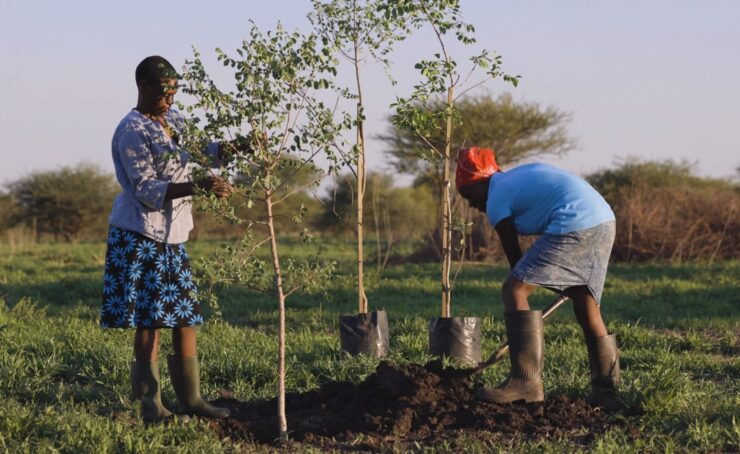
The Healing Power
Ultimately, Memory Trees are about healing. Whether they’re planted to commemorate a joyful occasion or to remember a loved one, these trees provide a sense of connection to the cycles of life and nature. They offer a place for quiet contemplation, a place to remember and to heal.
In the words of the poet Khalil Gibran, “Trees are poems that the earth writes upon the sky.” Memory Trees, then, are our own personal poems written upon the earth and the sky, a testament to the enduring nature of memory and the healing power of nature.
In conclusion, a Memory Tree is more than just a tree. It’s a living, breathing tribute to cherished moments and loved ones, a symbol of life’s enduring cycle, and a beacon of hope and continuity. Whether you choose to plant a Memory Tree in your backyard or dedicate one in a public park, you’re creating a tangible, lasting testament to the memories you hold dear.
The Psychological Benefits
Beyond their physical beauty and environmental impact, Memory Trees also provide psychological benefits. Research in environmental psychology indicates that being in nature or even viewing scenes of nature, reduces anger, fear, and stress while increasing pleasant feelings. By providing a space for quiet reflection, Memory Trees can significantly contribute to our mental well-being.
Different Cultures, Different Trees
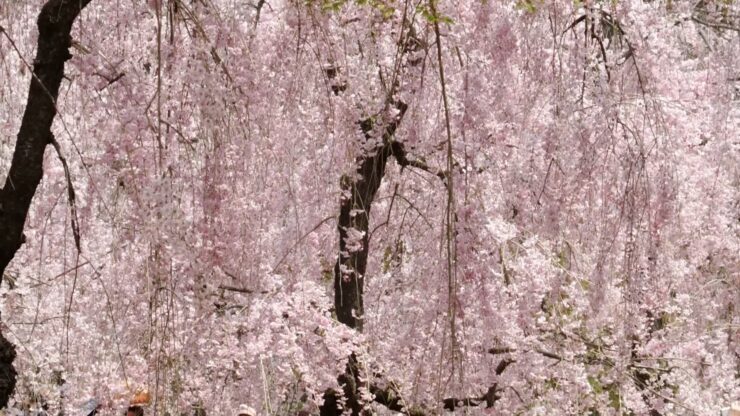
The choice of tree species can vary significantly across different cultures and regions. For instance, in Japan, the cherry blossom tree, or sakura, is often associated with the ephemeral nature of life due to its short blooming period. This makes it a poignant choice for a Memory Tree.
In the Celtic culture, the mighty oak is revered for its strength and longevity, often chosen to symbolize a life well-lived. In India, the peepal tree, under which Gautama Buddha is believed to have attained enlightenment, is a popular choice to honor the memory of spiritual leaders.
Memory Trees and Community Building
Memory Trees can also play a vital role in community building. Tree planting ceremonies provide an opportunity for people to come together and share in a moment of remembrance or celebration. Over time, these trees can become important community landmarks, places where stories are shared, and memories are made.
Memory Trees in Virtual Spaces
In the digital age, the concept of Memory Trees has evolved to include virtual spaces. Some websites allow users to plant virtual trees in memory of their loved ones, sometimes accompanied by photos, stories, or messages. This online space allows people from all over the world to visit and pay their respects, regardless of physical distance.
Preserving Memories for Future Generations
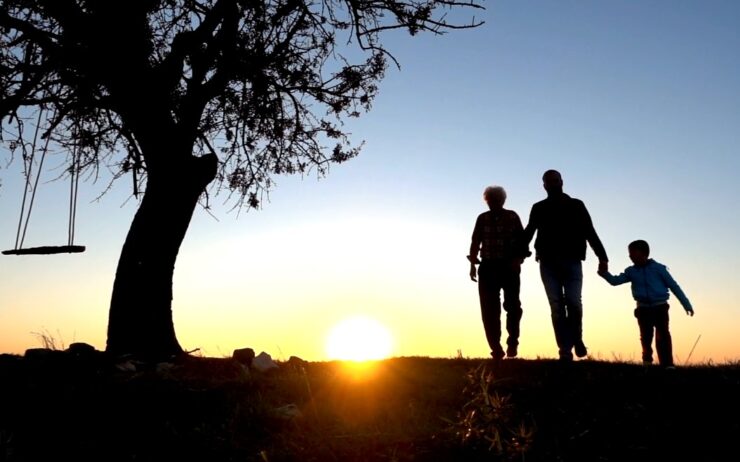
Memory Trees also serve as a form of legacy for future generations. As the trees grow and mature, they become living reminders of family history and personal stories, something that can be passed down through generations. This idea of a living, growing legacy creates a tangible link between the past, the present, and the future.
The Future of Memory Trees
As we continue to grapple with global environmental issues, the concept of Memory Trees has the potential to become even more significant. By combining personal remembrance with ecological responsibility, we can create a world where every memory contributes to a greener, more sustainable future.
In essence, Memory Trees symbolize the beautiful intertwining of human emotions with the natural world. They are a testament to our capacity for love, remembrance, and resilience. By planting a Memory Tree, we can pay tribute to the past while also nurturing the future, creating a cycle of life that continues to inspire and heal.

